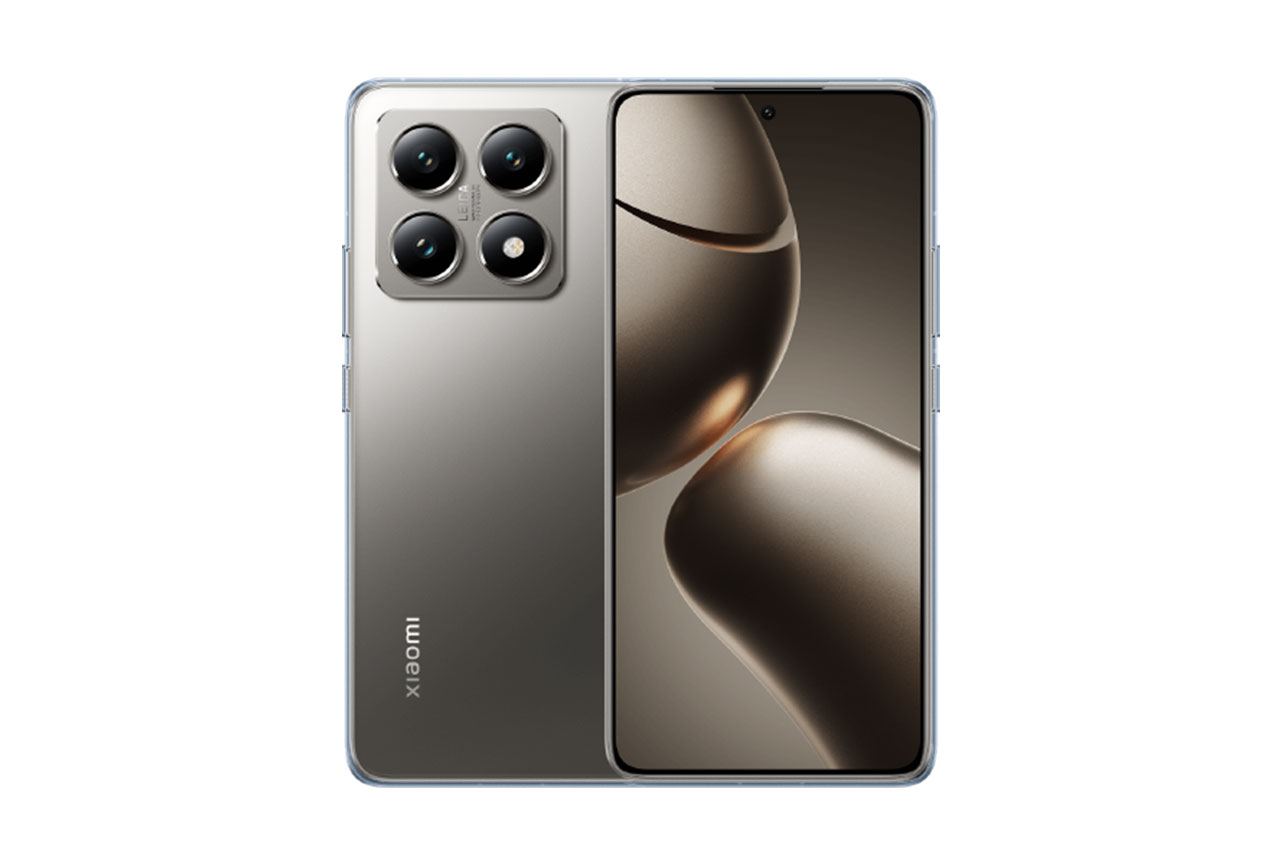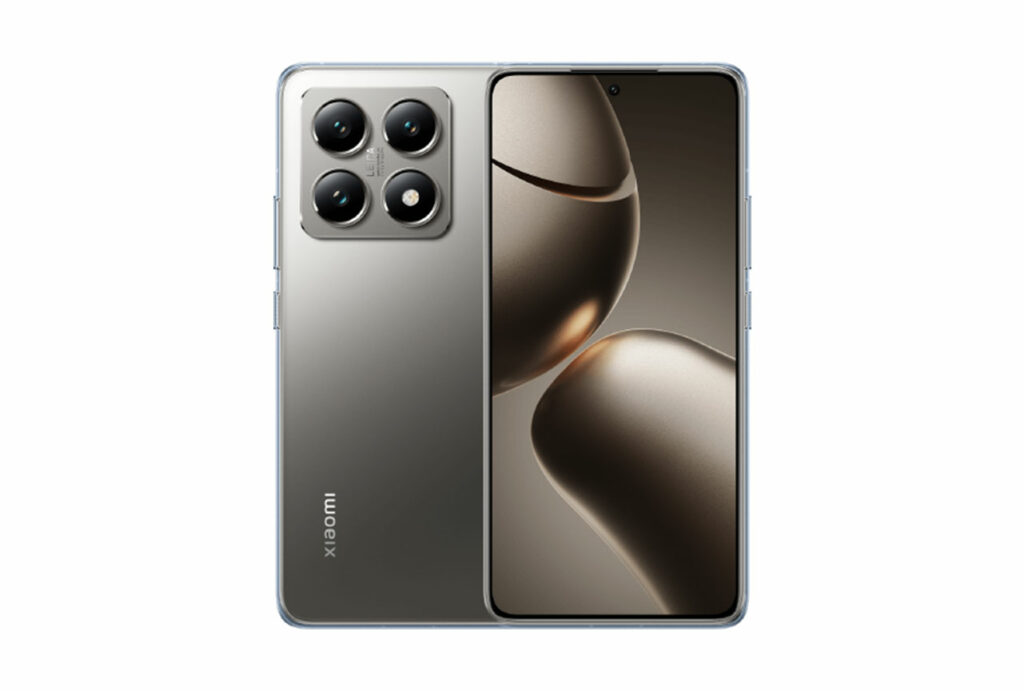We put the Xiaomi 14T through our rigorous DXOMARK Camera test suite to measure its performance in photo, video, and zoom quality from an end-user perspective. This article breaks down how the device fared in a variety of tests and several common use cases and is intended to highlight the most important results of our testing with an extract of the captured data.
Overview
Key camera specifications:
- Primary: 50MP, 1/1.56″ sensor, Super Pixel 4-in-1, 2.0 µm, f/1.7 aperture, OIS, equivalent 23mm
- Ultra-wide: 12MP, f/2.2 aperture, equivalent 15mm, 120° field of view
- Tele 1: 50 MP, f/1.9 aperture, equivalent 50mm
Scoring
Sub-scores and attributes included in the calculations of the global score.

Xiaomi 14T


Use cases & Conditions
Use case scores indicate the product performance in specific situations. They are not included in the overall score calculations.
Outdoor
Photos & videos shot in bright light conditions (≥1000 lux)
Indoor
Photos & videos shot in good lighting conditions (≥100lux)
Lowlight
Photos & videos shot in low lighting conditions (<100 lux)
Friends & Family
Portrait and group photo & videos
Pros
- Natural colors and skin tones in bright light
- Fairly wide depth of field
- Nice photo and video white balance in bright light
- Good fine detail in photos and videos recorded in bright daylight and indoors
- Good detail in close range tele zoom shots
- Effective video stabilization
Cons
- Unstable exposure
- Color casts in low light
- Unnatural spotlight rendering in bokeh mode
- Dynamic range in preview image does not match capture
- Scene integrity artifacts in video
- Strong noise in low-light videos
- Inaccurate skin tones in video
In the DXOMARK Camera tests, the Xiaomi 14T offered an overall strong performance in both photo and video, delivering a satisfying user experience. This said, our testers also noticed some drawbacks. In photo mode, we were particularly impressed by the natural color rendering, the wide depth of field, the stable white balance in bright light and the good rendering of fine detail. On the downside, exposure could be unstable, the camera struggled with color casts in low light, the bokeh effect in portrait mode had an unnatural appearance, and the preview image on the display did often not quite look like the final capture, especially in terms of dynamic range.
In video mode, the Xiaomi 14T recorded high levels of detail, the white balance was nice and the effective stabilization system made for smooth footage. However, our testers also observed some scene integrity artifacts across all test conditions, video noise was quite strong in low light and skin tones were often rendered inaccurately.
Test summary
About DXOMARK Camera tests: DXOMARK’s Camera evaluations take place in laboratories and in real-world situations using a wide variety of subjects. The scores rely on objective tests for which the results are calculated directly by measurement software on our laboratory setups, and on perceptual tests in which a sophisticated set of metrics allow a panel of image experts to compare aspects of image quality that require human judgment. Testing a smartphone involves a team of engineers and technicians for about a week. Photo, Zoom, and Video quality are scored separately and then combined into an Overall score for comparison among the cameras in different devices. For more information about the DXOMARK Camera protocol, click here. More details on smartphone camera scores are available here. The following section gathers key elements of DXOMARK’s exhaustive tests and analyses. Full performance evaluations are available upon request. Please contact us on how to receive a full report.
Photo
Xiaomi 14T
169
For scoring and analysis, DXOMARK engineers capture and evaluate more than 2,600 test images both in controlled lab environments and in outdoor, indoor and low-light natural scenes, using the camera’s default settings. The photo protocol is designed to take into account the main use cases and is based on typical shooting scenarios, such as portraits, family, and landscape photography. The evaluation is performed by visually inspecting images against a reference of natural scenes, and by running objective measurements on images of charts captured in the lab under different lighting conditions from 1 to 1,000+ lux and color temperatures from 2,300K to 6,500K.
Zoom
Xiaomi 14T
169
DXOMARK engineers capture and evaluate over 400 test images in controlled lab environments and in outdoor, indoor, and low-light natural scenes, using the camera’s default settings and pinch zoom at various zoom factors from ultra wide to very long-range zoom. The evaluation is performed by visually inspecting the images against a reference of natural scenes, and by running objective measurements of chart mages captured in the lab under different conditions from 20 to 1000 lux and color temperatures from 2300K to 6500K.
Video
Xiaomi 14T
159
DXOMARK engineers capture and evaluate more than 2.5 hours of video in controlled lab environments and in natural low-light, indoor and outdoor scenes, using the camera’s default settings. The evaluation consists of visually inspecting natural videos taken in various conditions and running objective measurements on videos of charts recorded in the lab under different conditions from 1 to 1000+ lux and color temperatures from 2,300K to 6,500K.
Please note that for this review, the device’s videos were captured and analyzed in HDR mode. You will need a compatible HDR screen to visualize the videos’ HDR exposure and color renderings on the YouTube player.



